Silver Teal
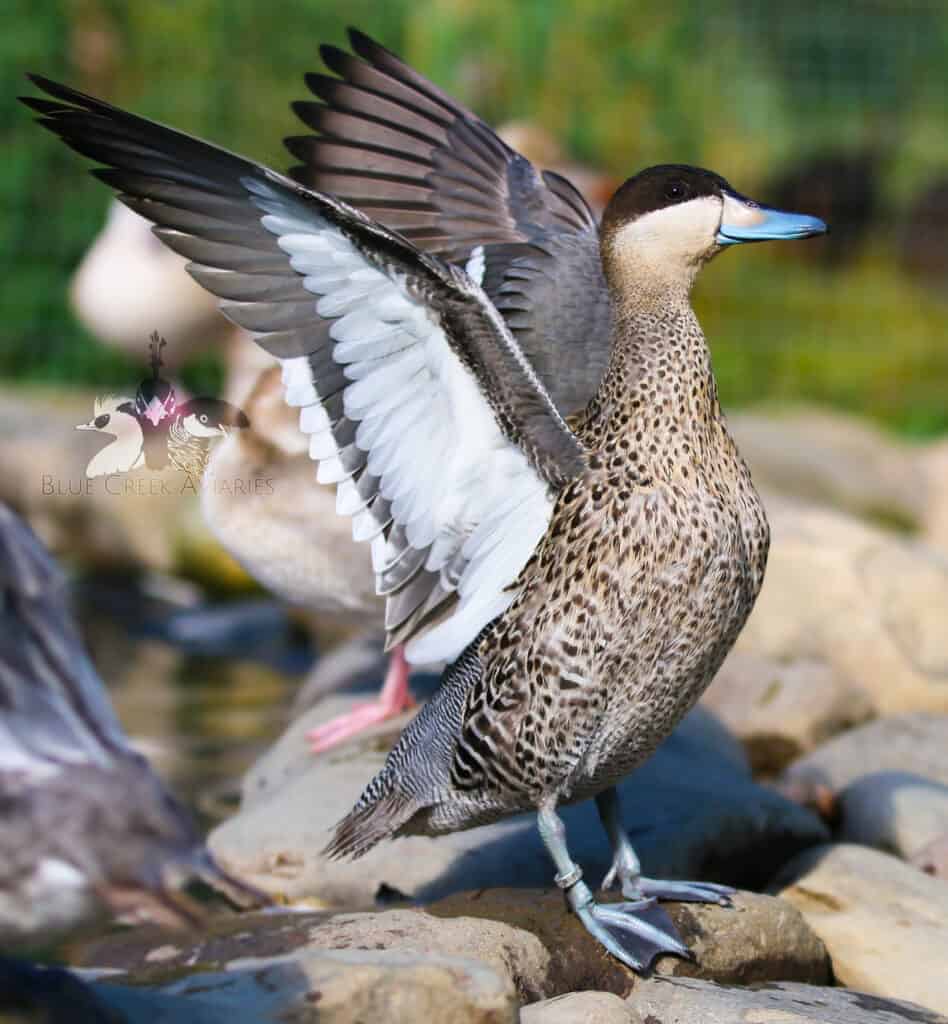
There are two sub-species of Silver Teal recognised:
- Northern S. v. versicolor of southern Bolivia, Paraguay and southern Brazil to Tierra del Fuego
- Southern S. v. fretensis of southern Chile, southern Argentina and Falkland Islands
- Northern S. v. versicolor of southern Bolivia, Paraguay and southern Brazil to Tierra del Fuego
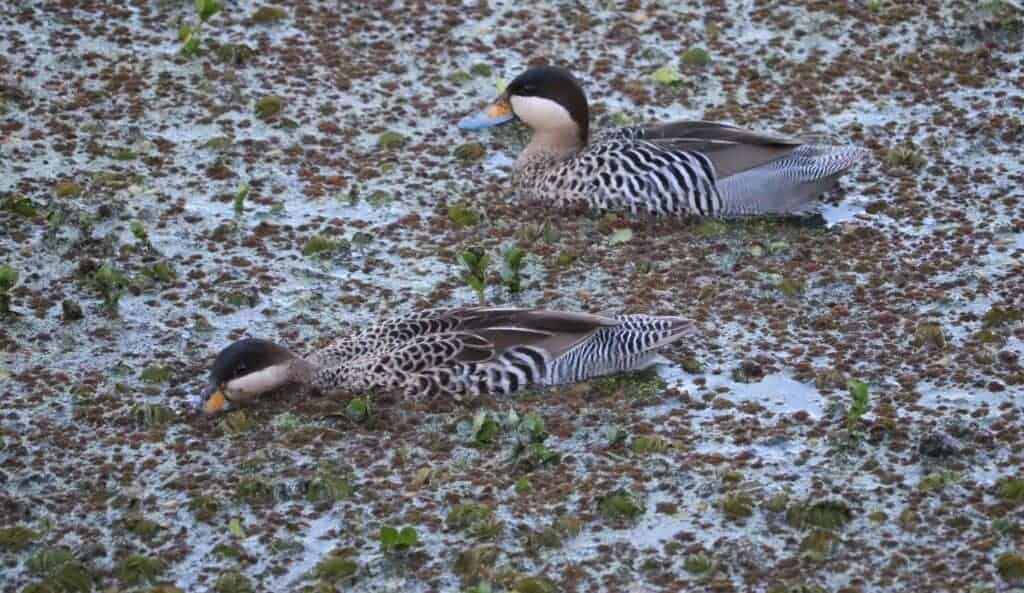
Spatula versicolor
Formerly known as the Versicolor Teal, this attractive little duck is widely distributed in South America. The nominate race of Silver Teal occurs from southern Brazil south to central Chile, while the southern race fretensis can be found in southern Chile and Argentina, with a resident population in the Falkland Islands. Like the larger and closely related Puna Teal Spatula puna, both sexes are similar and do not have an eclipse plumage. Once regarded as a member of the genus Anas, both Silver and Puna Teal are now regarded as more closely related to the shovelers, and have been regrouped in the genus Spatula.
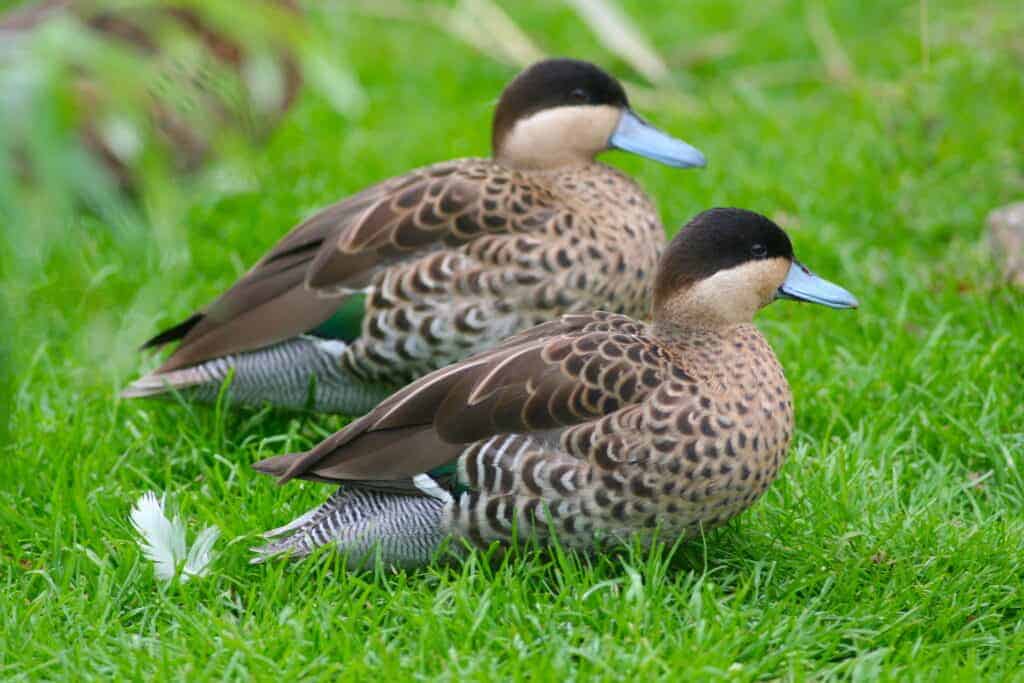
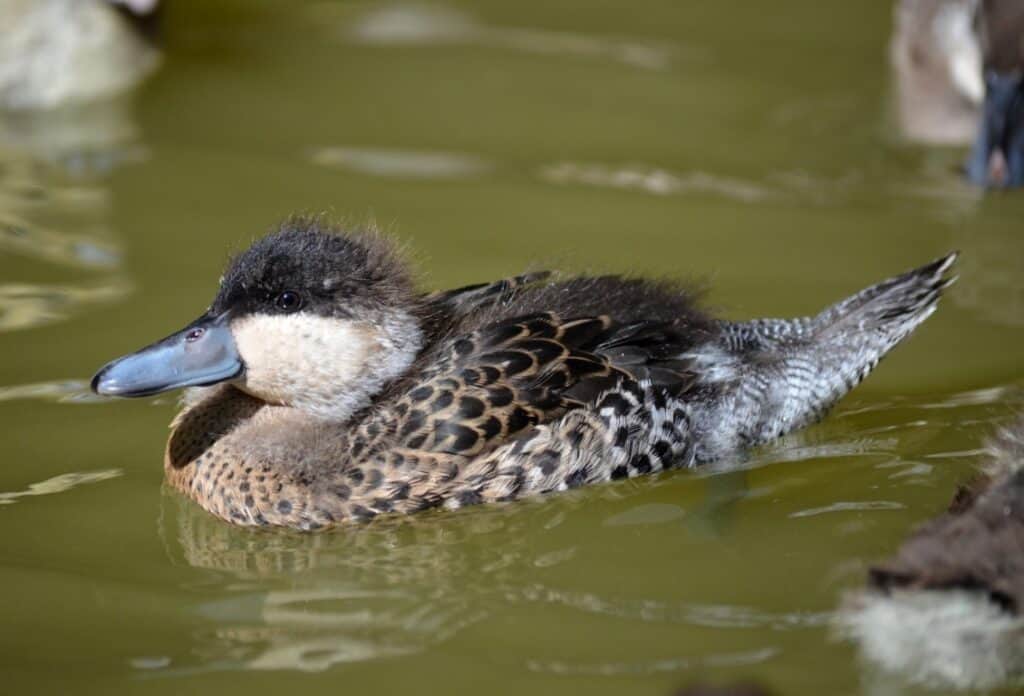
Though regarded as easy to keep in a mixed collection, the small size of Silver Teal makes them vulnerable to bullying from other ducks. They are generally hardy, but may require shelter during harsh weather. They will hybridise with Puna Teal, so the species are best kept apart.
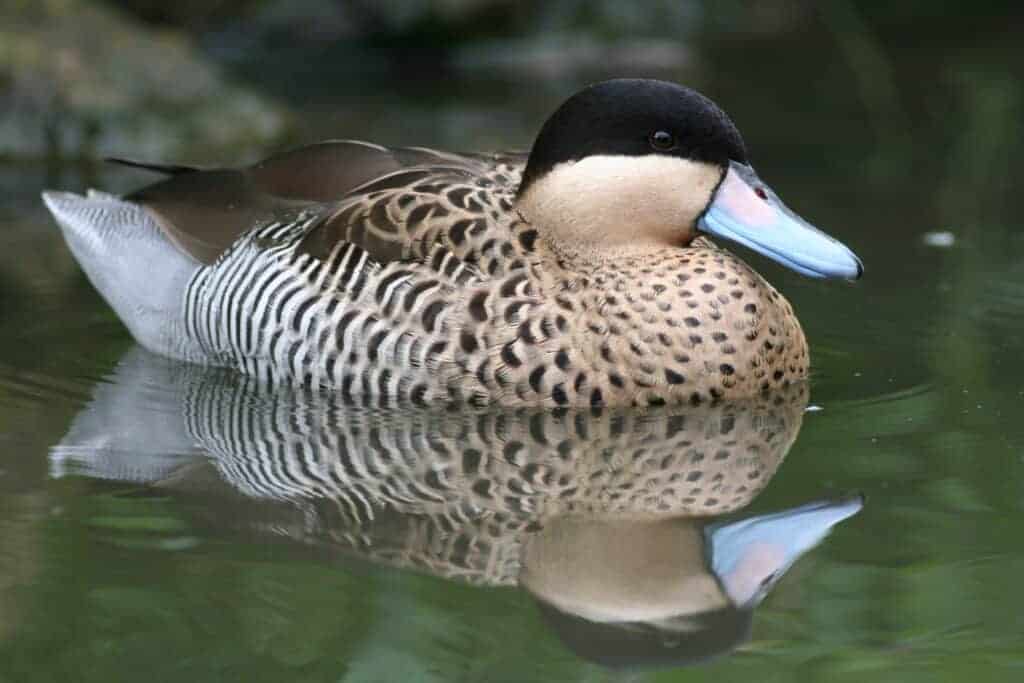
Like Puna Teal, Silver Teal will nest in cover or use ground nest boxes, producing clutches of up to 10 eggs that take 25 days to hatch. If left to hatch their own eggs the drake will accompany the duck with their ducklings. Pair bonds are long lasting, and may be for life.
FURTHER READING
BirdLife International (2021). Species factsheet: Spatula versicolor
Blue Creek Aviaries Silver Teal
Share this page